Last year, astronomers unveiled the mysteries of monstrous black holes, invisible magnetic superstructures, and a treasure trove of extraterrestrial planets…
10 Most Amazing and Mysterious Space Structures Discovered in 2021
- 1. The “Pac Man” Star in the Southern Sky
- 2. The Ghostly Jellyfish, Revived from the Dead
- 3. The Extremely Rare GW Orionis Planet Shaped Like a Cow Eye
- 4. The Spiral-Shaped Energy Jet from a Black Hole
- 5. An Invisible “Barrier” Shielding the Galactic Center
- 6. The Massive “Shipyard” of Ancient Galaxies
- 7. A 500-Light-Year “Cavity” in the Milky Way
- 8. The Twisted Magnetic “Tunnel” Surrounding the Solar System
- 9. A Star as Long as a Spaghetti Noodle
- 10. The “Mysterious Hut” on the Far Side of the Moon
1. The “Pac Man” Star in the Southern Sky
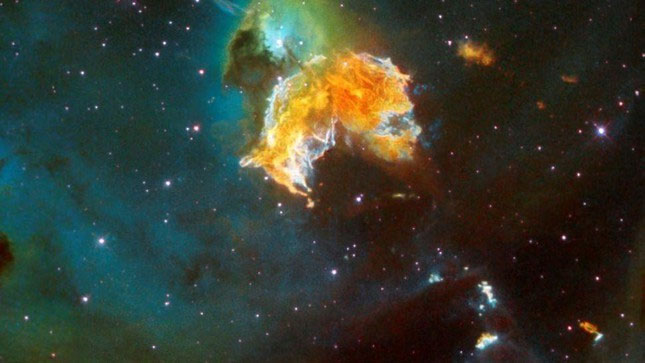
The object, officially named N 63A, is the remnant of a star that collapsed under its own weight in the Large Magellanic Cloud, located about 163,000 light-years from the Milky Way. The dispersion of gas from this explosion fortuitously created a shape resembling Pac Man.
According to NASA researchers, these meteors are young stars formed from the same gas cloud that harbored the ill-fated Pac Man star long ago… It seems that this star has exhausted its life.
2. The Ghostly Jellyfish, Revived from the Dead
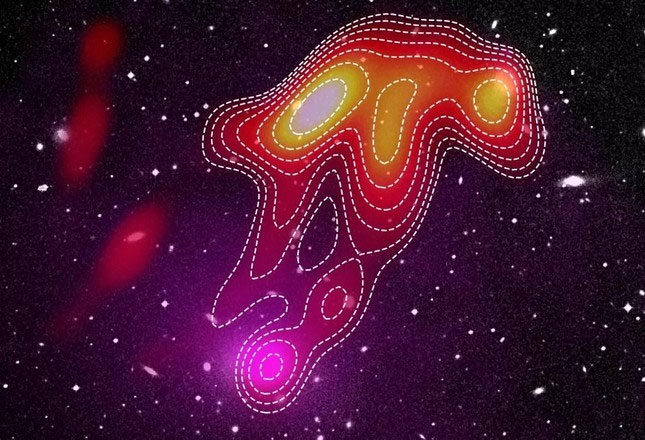
Galaxy clusters are the largest known structures in the universe, bound together by gravitational forces. They can contain thousands of galaxies, massive clouds of hot gas, and sometimes the glowing remnants of one or two jellyfish.
In the Abell 2877 galaxy cluster, located about 300 million light-years from Earth in the Southern sky, astronomers discovered such a jellyfish. It can only be seen in a narrow band of radio light, spanning over 1 million light-years.
This colossal structure shines brightly at certain radio frequencies but quickly fades at all other frequencies. It resembles a ghost, a jellyfish, or a phoenix.
3. The Extremely Rare GW Orionis Planet Shaped Like a Cow Eye
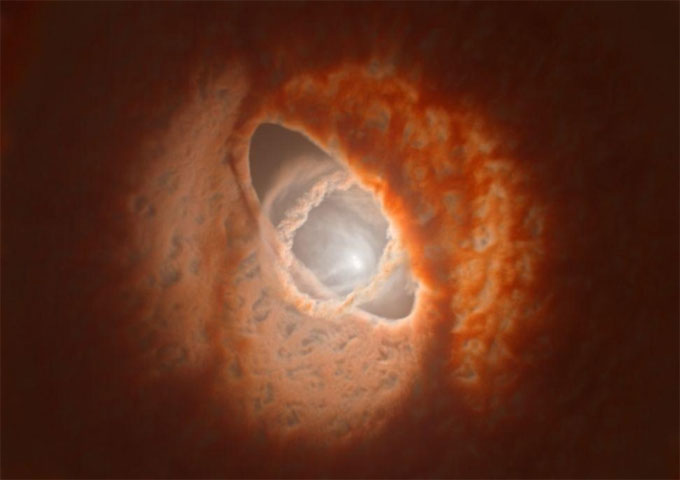
GW Orionis features three stars concentrated in three oscillating dust rings. Astronomers believe there may be a rare trinary planet in this mix.
This star system, known as GW Orionis (or GW Ori), is located about 1,300 light-years from Earth and has three intertwined orange dust rings. The GW Ori system truly resembles a giant cow eye in the sky. At the center of this eye are three stars—two locked in a tight binary orbit, while the third star spirals around the other two. This represents one of the rarest types of planets in the universe, a solitary world orbiting three stars simultaneously.
4. The Spiral-Shaped Energy Jet from a Black Hole
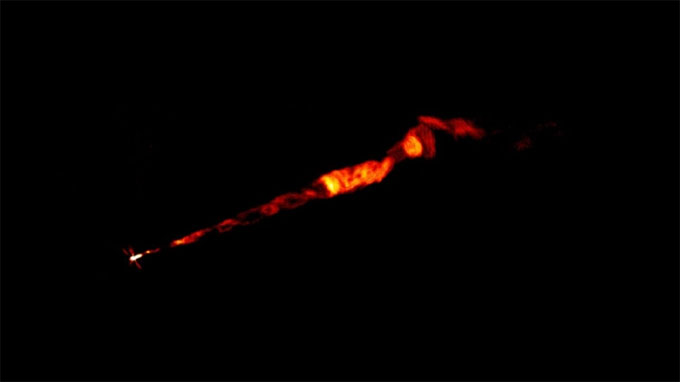
A recent image of the elliptical galaxy Messier 87 shows a powerful jet with a spiral structure resembling a corkscrew. This jet extends 8,000 light-years from the black hole at the center of the galaxy. It is the longest magnetic field ever detected in a galaxy jet.
5. An Invisible “Barrier” Shielding the Galactic Center
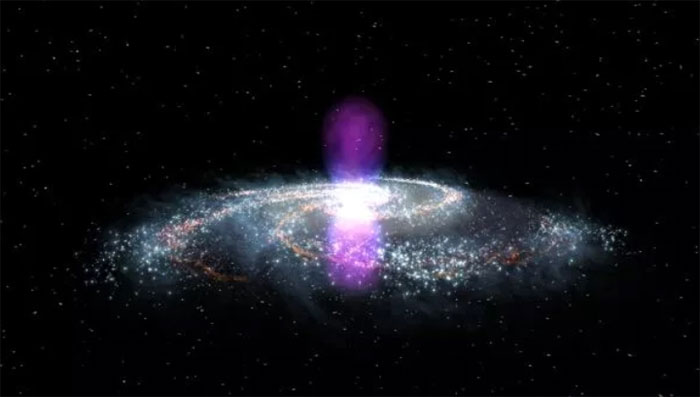
The center of the Milky Way functions like a gigantic particle accelerator, shooting charged matter beams known as cosmic rays out into space at nearly the speed of light.
In a study published on November 9 in Nature Communications, researchers discovered a puzzling phenomenon: even as cosmic rays are shot out from the galactic center, a mysterious “barrier” has kept a significant portion of incoming cosmic rays from entering the center.
6. The Massive “Shipyard” of Ancient Galaxies
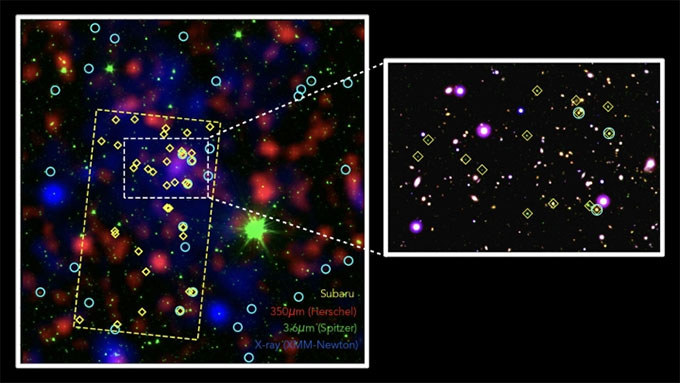
In a study published on October 26 in Astronomy & Astrophysics, scientists shared the discovery of a colossal “shipyard” where galaxies are built, similar to how our Milky Way has grown, placing it in a part of the universe that is only 3 billion years old.
Such star clusters form in regions of space where long strands of gas intertwine, providing a group of hydrogen for gravitational forces to coalesce into stars and galaxies.
7. A 500-Light-Year “Cavity” in the Milky Way
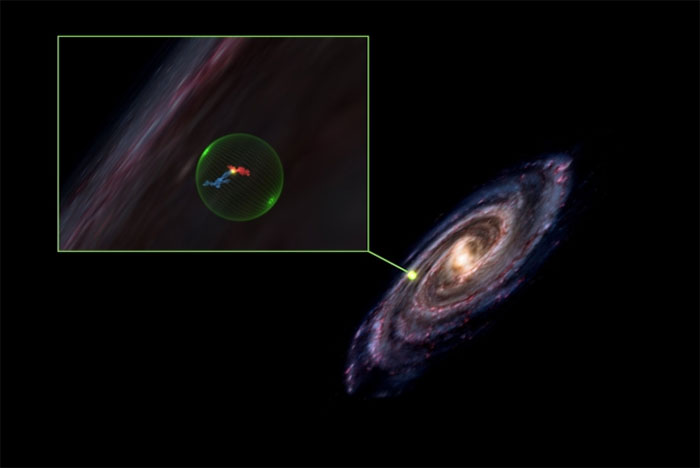
New research suggests that the molecular clouds connecting the Taurus and Perseus constellations in the Milky Way are separated by a massive “cavity” that may have been created by an ancient supernova. It also represents a colossal optical illusion.
New 3D maps of the area, aided by the European Space Agency’s Gaia space observatory, show that these circular clouds are actually about 500 light-years apart, separated by a gigantic, hollow sphere completely devoid of gas, dust, and stars.
8. The Twisted Magnetic “Tunnel” Surrounding the Solar System
The Earth, along with the rest of the Solar System and some nearby stars, may be trapped inside a colossal magnetic tunnel—and astronomers do not know why.
Astronomers suggested in a paper that a tube of gigantic, magnetized filaments, 1,000 light-years long and invisible to the naked eye, could surround the Solar System. The North Polar Spur and Fan Region are two structures that may be interconnected, even though they lie on different sides of the sky. The glue binding these structures is long, twisted strands of charged particles and magnetic fields, resembling a “twisted tunnel” enveloping everything in between, including the Solar System.
9. A Star as Long as a Spaghetti Noodle
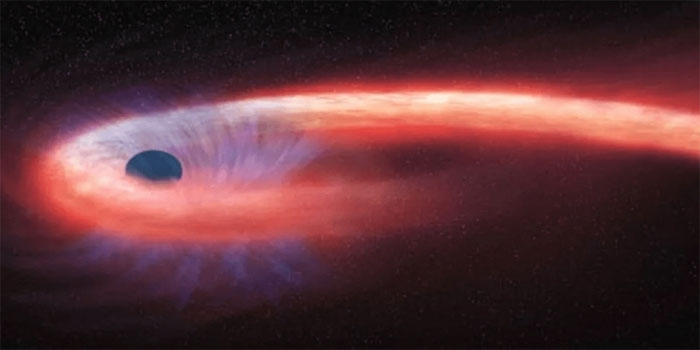
When a star flies too close to a black hole, the immense gravitational force of the black hole stretches the star into a shape resembling a long spaghetti noodle.
In May, researchers witnessed this complex process directly for the first time, as a black hole located 750 million light-years from Earth and weighing 30 million times the mass of the sun captured a passing star. This catastrophic encounter produced an optical flare, X-rays, and radio waves that telescopes on Earth could clearly detect.
10. The “Mysterious Hut” on the Far Side of the Moon
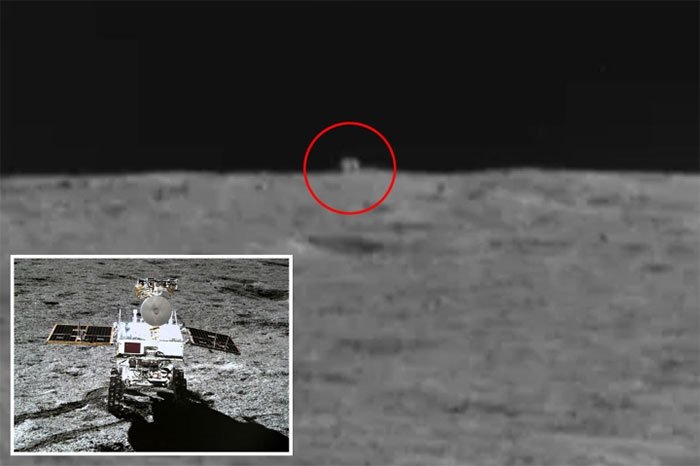
The Chinese rover Yutu 2 discovered an unusual cubical object on October 29. This object protrudes just above a uniform horizon. The “Mysterious Hut” appears as a block rising above the lunar surface’s horizon.


















































